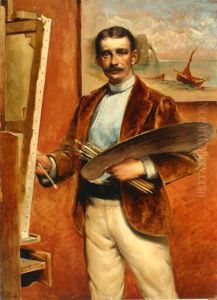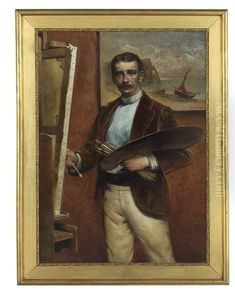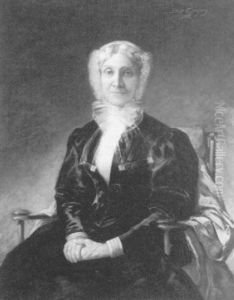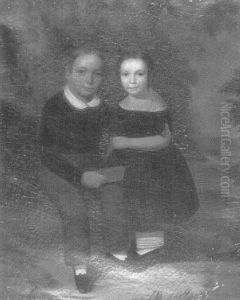Eliot Gregory Paintings
Eliot Gregory was an American artist, author, and critic, born in 1854. His life spanned a period of significant transformation in the American art world, during which he contributed not only through his paintings but also through his writings and critiques. Gregory was a part of the aesthetic movement of the late 19th century, which emphasized the visual and sensual qualities of art and literature over practical, moral, or narrative considerations. This movement, which had its roots in the philosophy of art for art's sake, found in Gregory a proponent who both practiced and advocated for the intrinsic value of beauty in artistic expression.
Gregory's contributions to the arts were not confined to his paintings alone; he was also an articulate writer and critic. He authored several books and articles on art criticism, sharing his insights and perspectives on the evolving art scenes in America and Europe. His writings often reflected his belief in the importance of aesthetics and beauty, arguing against the utilitarian and moralistic trends of his time in favor of a more subjective and individualistic approach to art appreciation.
Despite the recognition he received as a writer, Gregory's paintings also garnered attention and admiration. His work was characterized by a refined use of color and a delicate handling of light, qualities that aligned with the aesthetic movement's ideals. Though not as widely remembered today as some of his contemporaries, Gregory's art and writings continue to offer valuable insights into the aesthetic preferences and cultural debates of his era.
Eliot Gregory's career was a testament to the multifaceted nature of artistic talent. His ability to express himself through both brush and pen made him a distinctive figure in the American art and literary scenes. He passed away in 1915, leaving behind a legacy that, while perhaps not as celebrated as that of some of his peers, remains an integral part of the history of American aesthetics and criticism.




